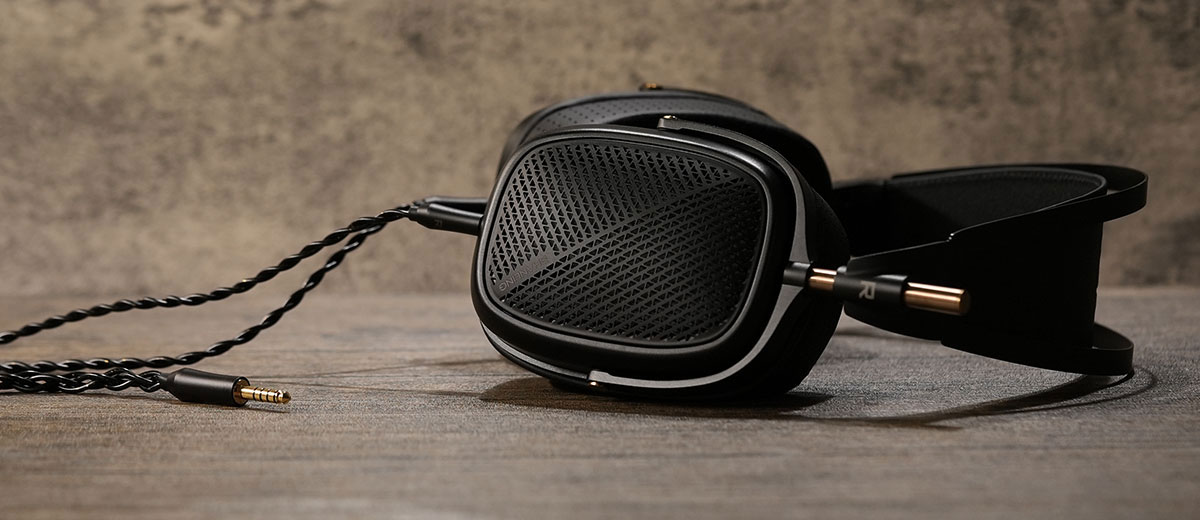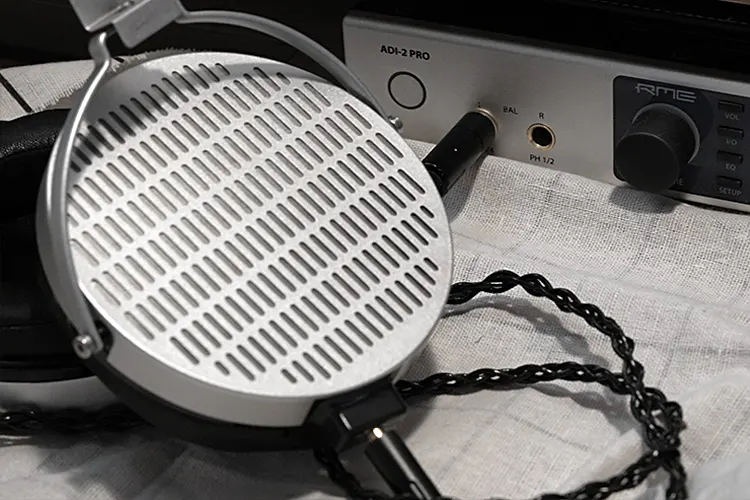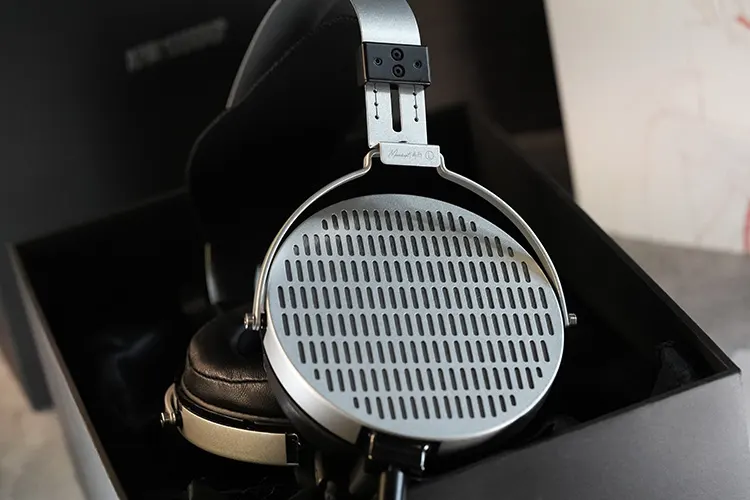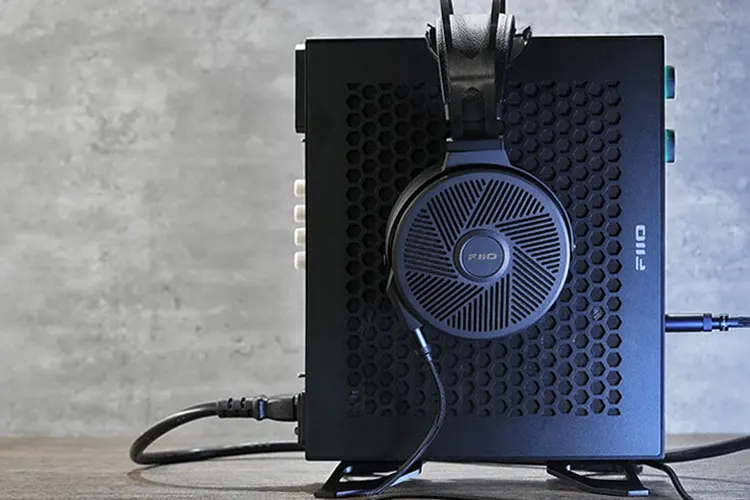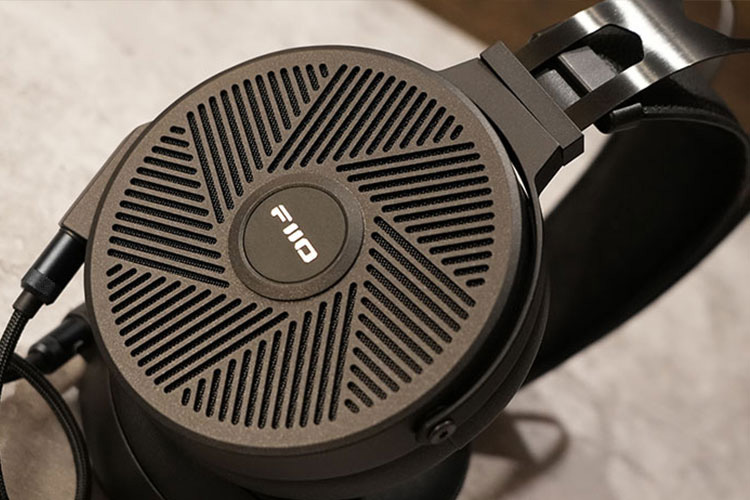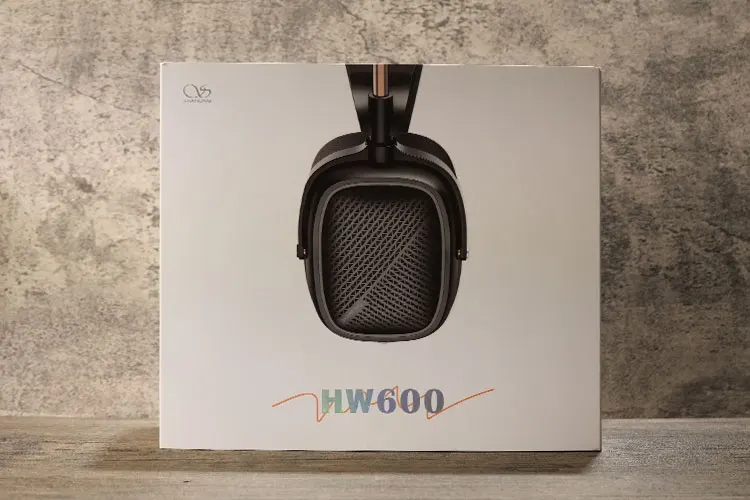Synergy
Efficiency
I consider the HW600 sensitive for a planar headphone, performing well even when driven by less powerful DAPs to deliver a dynamic and robust mid-bass response.
Despite this, the background remains notably clean, allowing me to discern subtle noises such as gain noises that go into the mix or from amplification.
Pairings
Throughout my testing, I discovered that the HW600 pairs easily with a variety of gears to deliver a dynamic and clean output, with smooth and vivid mids presentation in common.
When paired with the Shanling EC Mini playing CDs they sound airy and punchy with ample energy in the mid lows. The treble is quite clean and it sounds relaxing with Jazz and pop. I would prefer listening to faster-paced tracks on this pairing.
Using the Shanling M7, the clarity is noticeably enhanced due to the brightened treble from the higher gain level. Stronger weight is given to the mids and more defined treble details.
Increasing the gain further enhances the forwardness of the upper mids and elevates treble details, extending the soundstage.
Mid-gain settings provide an optimal balance for me, maintaining a better blend of clarity and musicality as the highest gain level may push the upper mids more forward and sound slightly flattened.
When paired with high-quality decoders like the RME ADI-2 Pro, connected via an SE converter cable, the HW600 exhibits improved control in the bass, resulting in a more balanced tone.
Decent texture can be heard in the mid-bass, with the vocal sounding well-defined and natural, holding a firmer and better-defined image that benefits weaker voices to sound fuller and more upfront.
Select Comparisons
Moondrop COSMO
Technical
The COSMO is equipped with a 100mm FDT planar driver with an etched pure silver thin film circuit, technically the effective area of the membrane on the COSMO is slightly larger. However, it size is quite a bit bigger as well.
It also utilizes a nano-scale ultra-thin diaphragm at just 500nm thick, whereas the membrane on the HW600 is roughly 800nm thick.
It has a fairly low impedance rating of 15Ω±15% (@1kHz) and a sensitivity of 100 dB/Vrms (@1kHz), which suggests that it is quite a bit more power-hungry on paper.
Design
The COSMO and HW600 are very contrasting as the color theme on the COSMO is silver-grey in tone. This is due to its sheet metal-based construction.
The HW600 comes with a much more detailed ear-cup design and consists of more curves and 3D machined/molded parts in the design.
As always, the swappable earcups on the COSMO are a lovely feature and I wish other manufacturers could consider adding this to their design. In terms of the quality of the earpads, I think the HW600 is a winner here with more breathable pads of more luxurious textures.
Performance
While the driver size is similar, the COSMO is considerably less sensitive compared to the HW600, which can be adequately driven by laptops, small DAPs, and dongles to deliver a dynamic sound.
In contrast, the COSMO when underpowered may sound congested in the lower end and lacking in treble clarity. When adequately driven, the COSMO exhibits stronger coloration, and the vocal sound is sweetened as the upper vocal frequencies sound smoother.
Testing with the xDuoo XD-05 Pro with mid-gain applied to the HW600 and the highest gain level to the COSMO, the COSMO leans more towards the mid-bass, sounding warmer than the HW600 and offering a stronger sense of fullness for darker voices while delivering deeper bass kicks.
The COSMO’s bass delivers deeper kicks, providing fuller attacks with large drums, and extends slightly deeper down in the lows, while the HW600 exhibits more conservative bass power but sounds more precise with a cleaner decay.
As the upper mids are more energized, the penetration power and separation on the HW600 are more prominently heard.
When tested with the RME ADI-2 Pro, the HW600 benefits significantly from the superior decoding quality and receives ample driving power to sound dynamic, punchy, and well-articulated in the mids.
The COSMO also benefits from the pairing to sound more controlled and smoother, with greater bass density than the HW600.
However, it struggles to sound dynamic and open, which could be improved when paired with equipment stressing on high current output.
I had the chance to test it on a Luxman P1U and it sounds much more expansive and energetic, also natural in the mids as it brings out more details in the harmonics.
FiiO FT5
Technical
The FiiO FT5 features a large 90mm diameter driver with a dual N52 Neodymium magnet array, providing up to 1.5T flux, slightly behind HW600’s 1.8T figures on flux density.
The FT5 utilizes a thin diaphragm measuring just 6μm. Impedance for the FT5 is rated at 36Ω, with sensitivity ratings of 110 dB/Vrms (@1kHz) or 96 dB/mW (@1kHz), which is quite efficient for a planar headphone and slightly higher than that of the HW600.
Design
The FiiO FT5 is crafted from lightweight magnesium alloy, echoing the design language of FiiO’s M-series DAPs.
The build is robust, and the detachable cable incorporates a friction lock mechanism, enhancing its durability. These two headphones feel similar in weight and both are fully metallic in structure.
The headband on the FT5 is self-adjusting, which I think is a nice feature. As for the HW600, it also has some merits, the form factor is much more portable and you can easily roll cables with its 3.5mm sockets on both sides of the earcups compared to the proprietary socket on the FiiO.
Performance
The FT5 sounds more V-shaped and dynamic on the FR extremes, giving it a more sustained bass and cooler tone, with a stronger sense of depth and fullness.
The HW600 is very different in tuning, sounding more forward and weighted with vocals, comparatively more mid-centric, and doesn’t stress as much on technicalities.
Using the RME ADI-2 Pro to test, the FT5 has a faster attack in the bass and there is a more obvious elevation in the treble to boost clarity.
The tuning stressing on the two ends allows more details in the sub-bass and treble to be heard. Combined with the smooth mid-range presentation it sounds clean and energetic for Classical music, even for larger assembles, and allows backing instruments and drums to be clearly heard.
The HW600 sounds less deep in the bass and more layered in the mids, with the vocal effortlessly delivered, as such it gives a more uplifting presentation.
While the upper vocal frequencies are highlighted the treble is not as energetic. This is more favorable with strings and acoustic instruments, which sound wet and elaborated in the harmonics but with sibilance smoothened.
In terms of gear pairing, the FT5 matches well gears that are more elaborated in the midrange. For example, it works nicely with the HIFIMAN EF500 featuring R2R decoding chipsets which adds more richness and weight to the mids.
The HW600 will benefit from balanced-sounding or bassier devices. With the Shanling M5 Ultra, there is good density in the mids and it gives good textures and brilliance to the treble, offering the vocal nice penetrating power.
My Verdict
The Shanling HW600 marks a strong start for the company in the headphones market with a remarkably easy-to-drive setup and tuning that is ideal for vocal enthusiasts.
The sound profile is well distinguished from competitors, focusing on the timbre rather than solely emphasizing speed and technical aspects typical of planar technologies.
Besides, the build and design are delightful, with finely machined geometric patterns that are among the finest in its class.
The high sensitivity and compact design ensure great synergy with powerful portable gears, freeing listeners from the desktop setup. I would recommend you give it a try if you find other planars clinical or too hard to drive.
Shanling HW600 Technical Specifications
- Driver type: Planar magnetic
- Diaphragm diameter: 110 x 86mm
- Impedance: 30Ω
- Sensitivity: 104 ±3dB
- Frequency response: 12Hz-40kHz
- Headphone connector: Jack 3.5mm
- Cable: Detachable cable 2x jack 3.5mm to balanced jack 4.4mm termination
- Cable length: 1.5m
- Headband: Adjustable
- Weight: 480g

